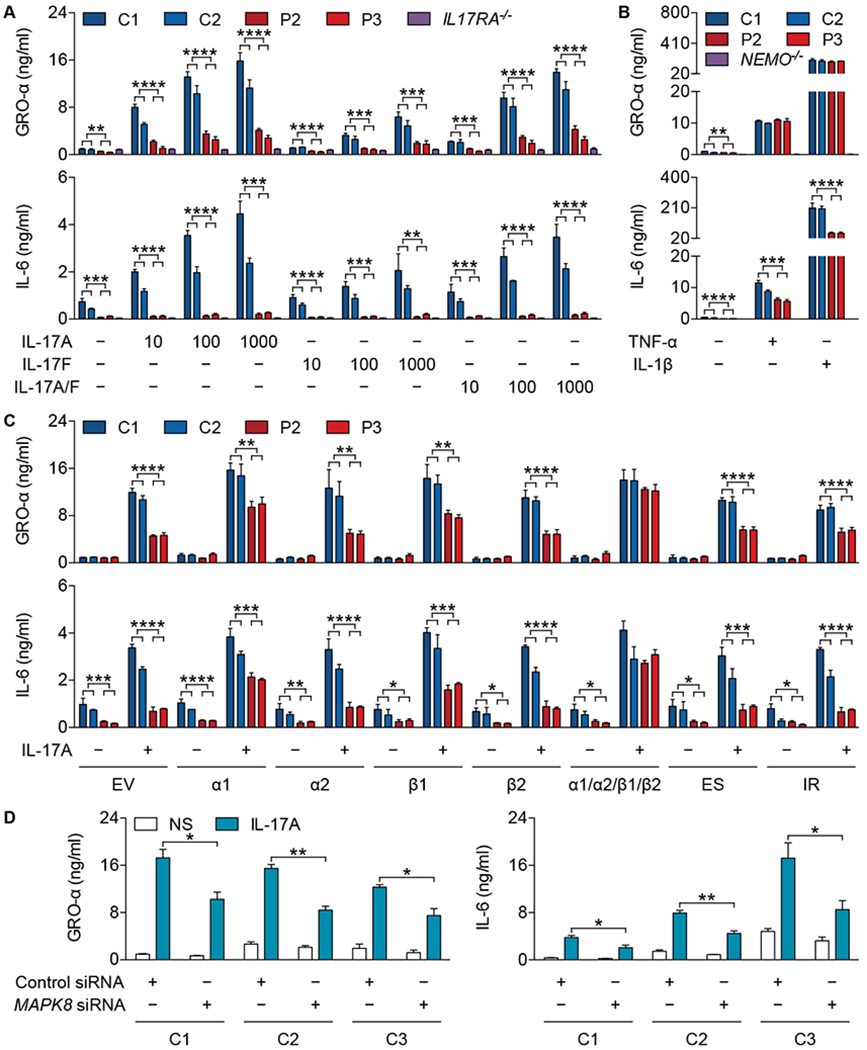Fig. 3. The MAPK8 variant impairs fibroblast responses to IL-17A/F.

(A) Production of GRO-α (top panel) and IL-6 (bottom panel) by SV40-fibroblasts from healthy controls (C1 and C2), patients (P2 and P3), and an IL-17RA-deficient (IL17RA−/−) patient (16) stimulated with IL-17A, IL-17F, or IL-17A/F (10, 100, or 1000 ng/mL) for 24 h. (B) Production of GRO-α (top panel) and IL-6 (bottom panel) by SV40-fibroblasts from healthy controls (C1 and C2), patients (P2 and P3), and a NEMO-deficient (NEMO−/−) patient (92) stimulated with TNF-α (20 ng/mL) or IL-1β (10 ng/mL) for 24 h. (C) Production of GRO-α (top panel) and IL-6 (bottom panel) by SV40-fibroblasts from healthy controls (C1 and C2) and patients (P2 and P3) transfected with empty vector (EV) or plasmids encoding WT JNK1α1 (α1), JNK1α2 (α2), JNK1β1 (β1), JNK1β2 (β2), all four isoforms (α1/α2/β1/β2), JNK1ES (ES), or JNK1IR (IR), in the presence of IL-17A (100 ng/mL), for 24 h. (D) Production of GRO-α (left panel) and IL-6 (right panel) by primary fibroblasts from healthy controls (C1, C2, and C3) transfected with control siRNA (50 nM) or MAPK8 siRNA (50 nM) for 24 h and then stimulated with IL-17A (100 ng/mL) for an additional 24 h. The values shown are the means ± SEM of three independent experiments (A-D). *, P < 0.05, **, P < 0.01, ***, P < 0.001, and ****, P < 0.0001; in unpaired t tests (A-D).
